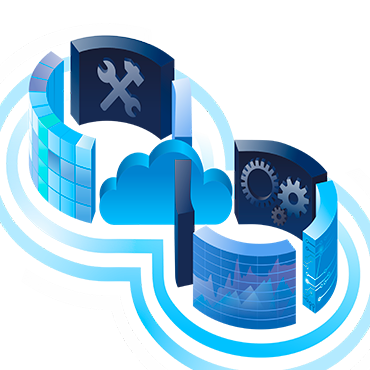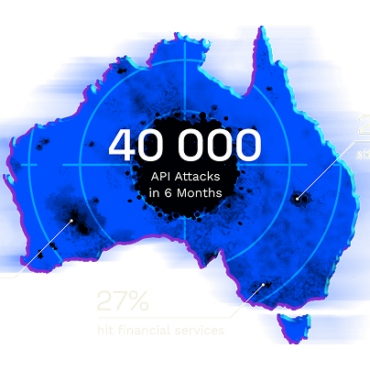Avoid These Mistakes When Deploying EdTech in a Public Cloud
Updated 16 Jun 2022
Deploying or migrating your EdTech application to a public cloud can be a really smart move. It can also be intimidating. While deploying in a public cloud offers many benefits, it also comes with many challenges that are different from an on-premises deployment.
In this article, we point out some of those differences, and more importantly, the mistakes you should avoid as a consequence of those differences. The good news? EdTech in the public cloud is booming, and because so many have come before you, we can learn a lot from them.
Cloud Computing’s Impact on EdTech
Did we say EdTech is booming? According to research firm HolonIQ, the global EdTech market is forecast to reach $404B by 2025. That represents a 16.3% compound annual growth rate. So, it’s a big industry and it’s growing fast.
Much of this growth can be directly attributable to cloud computing. There’s just no other way to grow a market that size that fast. So, cloud computing’s impact on EdTech, from a revenue standpoint, is implicit. But its impact on EdTech goes beyond just the revenue.
Even learning institutions with a physical presence, like colleges and universities, are augmenting their learning with cloud-based EdTech. That’s because cloud-based EdTech can offer unique user experiences and engagement not possible in person. There’s synchronous learning, asynchronous learning, collaboration and real-time feedback, to mention a few.
But with all these opportunities, come unique challenges, not the least of which is the security and protection of personal data on the cloud. You now have to protect personal data that is no longer on your premises.
The Security Challenges of Migrating to the Cloud
The number one SaaS security challenge for EdTech (or any application) in a public cloud is understanding the nature of the shared responsibility model. In short, the idea is that when it comes to data privacy in a public cloud, you are responsible for some things and your cloud service provider (CSP) is responsible for other things. To make things more challenging, it varies from one provider to another. So, priority one is understanding who is responsible for what.
Right after shared responsibility, the number two security challenge has to be misconfiguration of cloud services (i.e., you set things up wrong). Other security challenges include identity and access management (IAM) issues, improper data backup, insecure interfaces and anything that makes you vulnerable to an external attack (e.g., account hijacking, ransomware).
Another area of security that frequently goes overlooked, which applies to cloud as well as on-premises, is insider threats and accidental errors. And finally, there is the EdTech application itself. All software applications pose a security challenge, but the dynamic nature of cloud architecture makes it more difficult to stay on top of.
This is just a sampling of the challenges you’ll face with EdTech in a public cloud. But EdTech, by its very nature, comes with an extra special challenge.
The Special Challenge of EdTech in the Cloud
When it comes to regulatory compliance requirements, EdTech is right up there with healthcare and finance. And that doesn’t change in a public cloud.
As we’ve pointed out in a previous post, Regulations You Must Know About for Your EdTech SaaS, there are key regulations for which you are responsible when deploying EdTech in a public cloud. There are at least five different types of data you must protect.
The cost of failing to maintain regulation privacy can be high. From a monetary standpoint, a violation can result in a fine as high as $46,517. Or it could be worse, resulting in the loss of the ability to conduct business altogether. The bottom line is that overlooking any of these EdTech regulations can be a big mistake.
Common Mistakes to Avoid
AAt this point, we can summarize the common mistakes you should avoid when deploying EdTech in a public cloud.
- Not understanding the security responsibilities of your cloud service provider
- Not ensuring proper configuration of your cloud architecture
- Not ensuring sufficient and timely data backup
- Not securing external interfaces
- Migrating all your data at once
- Not making provisions for cloud failover
- Not ensuring you meet all of the compliance requirements
- Not having an incident response plan
Conclusion
Deploying EdTech in a public cloud is one of many technology solutions you can take advantage of to grow your EdTech business. But before you do, have a plan, get the help you need, but most importantly, know the mistakes to avoid before you deploy.



